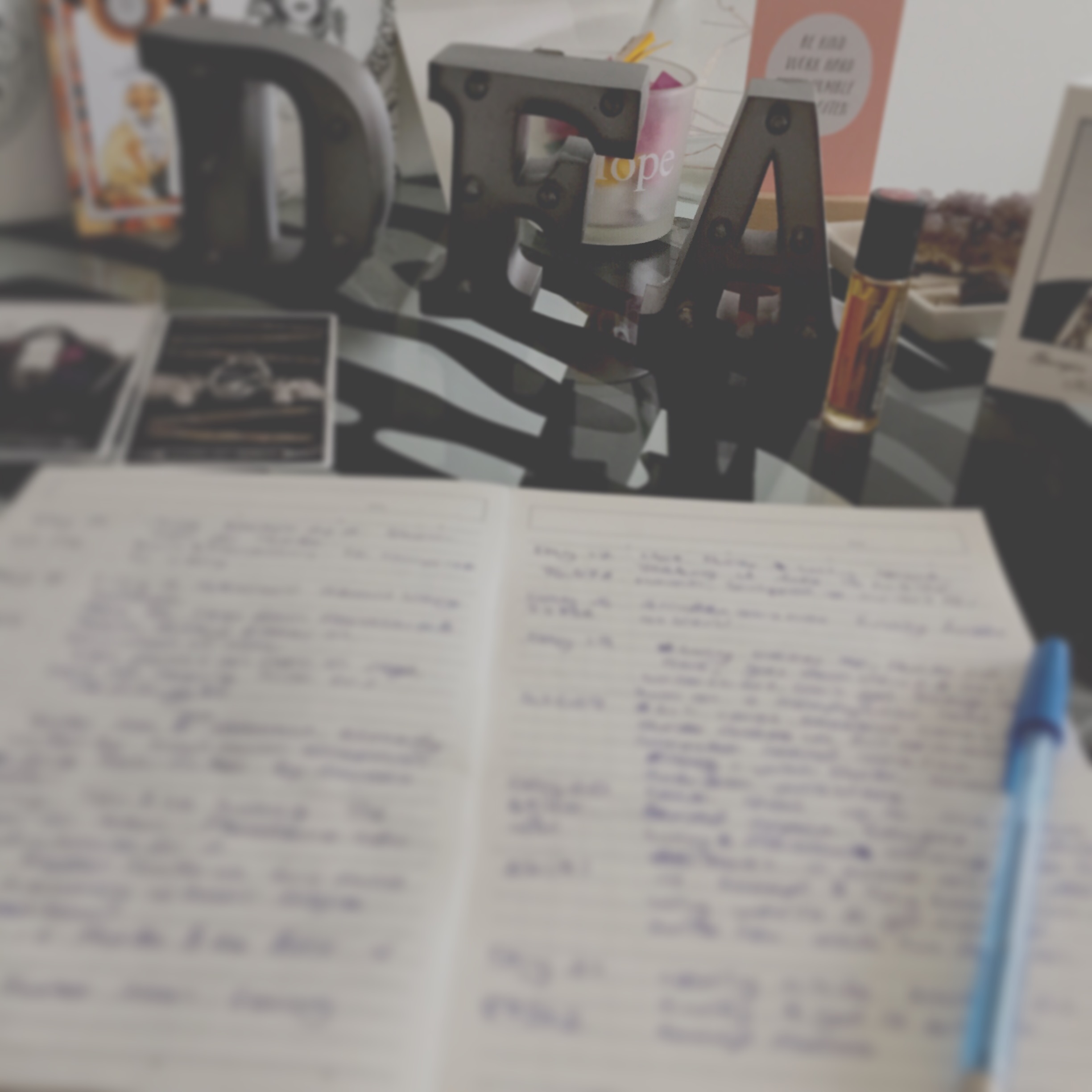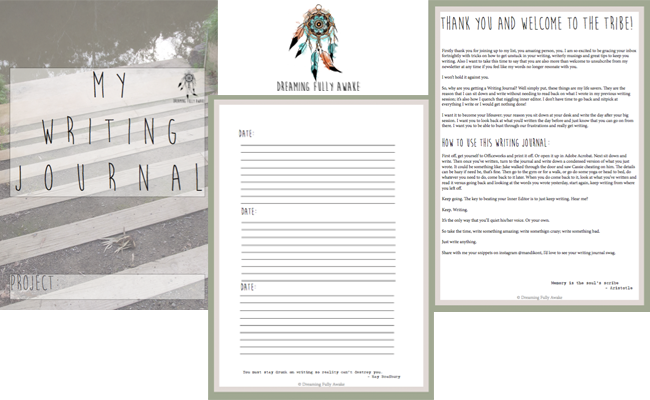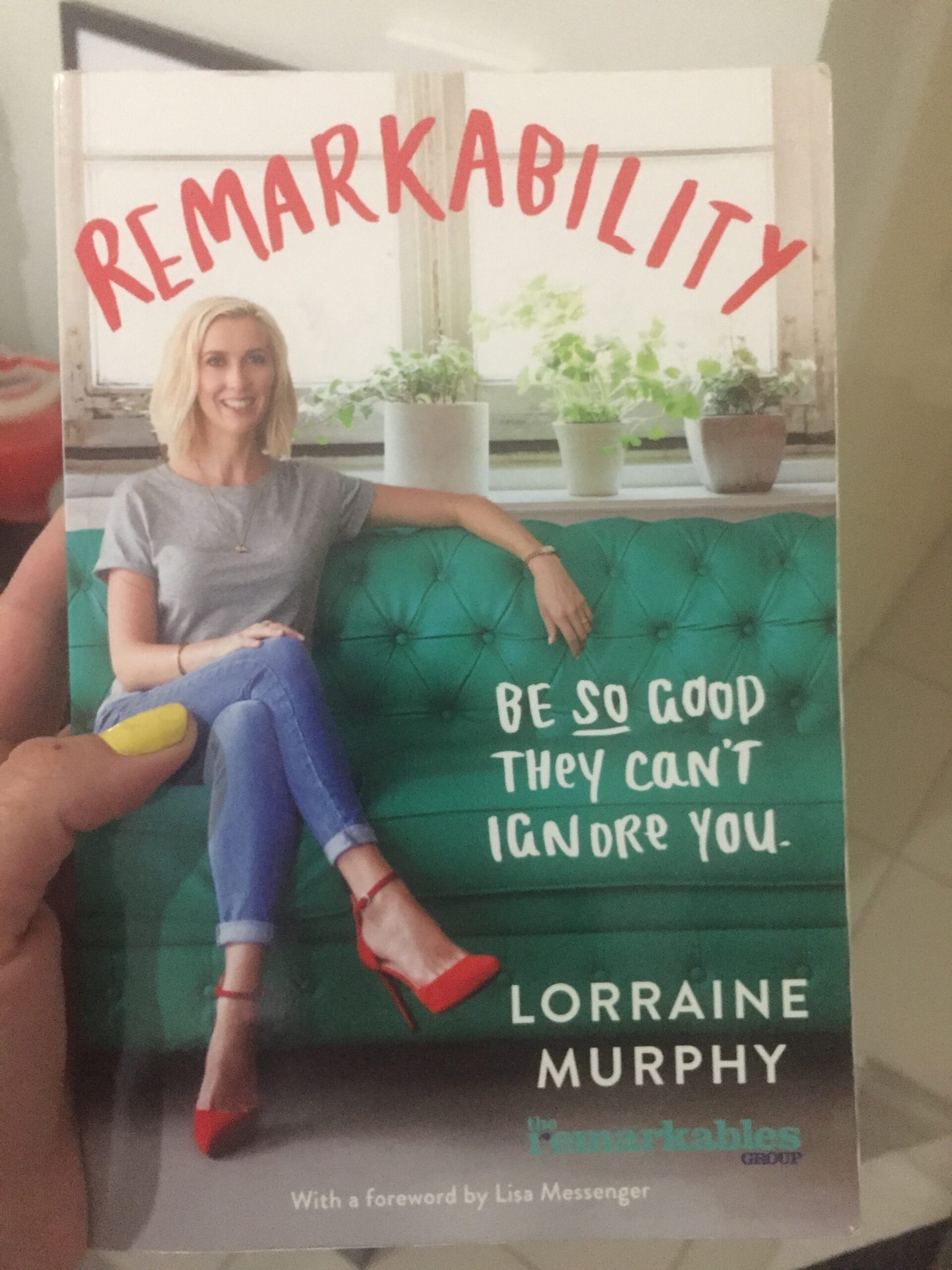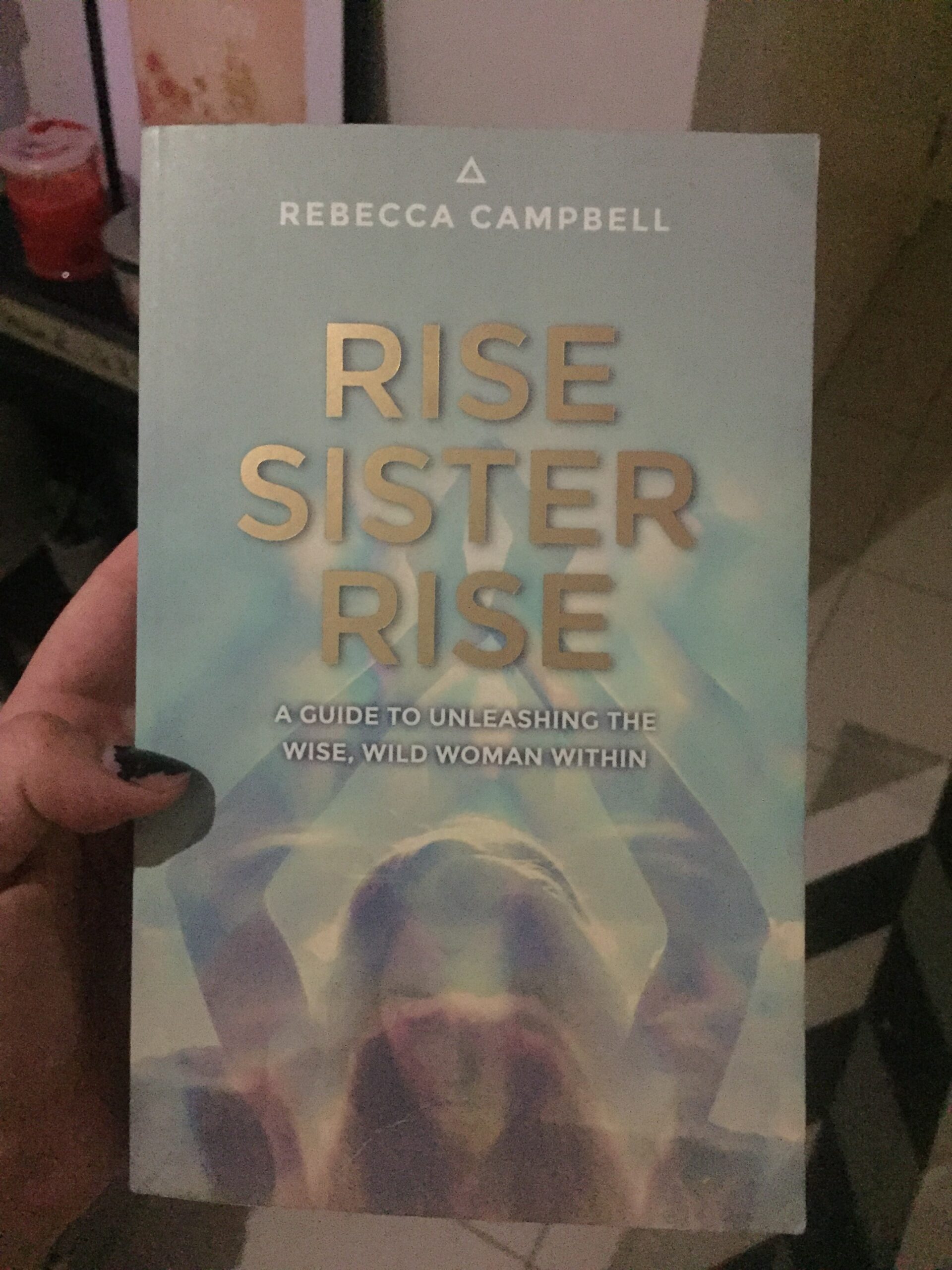How to Use your Trusty Writing Journal

Oh, Dreamers, I’ve had some problems. My computer decided it was time to take a bit of a hiatus and wouldn’t go past my login screen, which was upsetting because I had stuff on my computer that wasn’t backed up, but I did have back-ups, the motto here: back up your shit, it saves for headaches later. I’ve also had a dear auntie pass away and been consumed by my Masters work, but that’s okay, most of it has passed and now onto the good days.
Today I wanted to talk a little bit about the beloved Writing Journal. I harper on about this over and over in a lot of my interviews and with my coaching clients, but I’ve never sat down to tell you how to use it.
If you sign up to my email newsletter down below you’ll get a copy of your handy dandy writing journal. You can print it out, scribble on it or leave it on your computer and open it up in Adobe Acrobat, it’s fully functional so you can type in it right from your screen, but it actually works better if you do on paper.
This is because when we write things down they actually stick around, yeah writing on the screen is almost the same, but it’s not quite the same. Think back to when you wrote out your shopping list, or maybe some lecture notes or a name and number of a friend, client or the like. Did you remember names, items? A few numbers? Or maybe you’re a little like me who writes things down on a shopping list and then forgets it, twice, because there are more exciting items on the list than paprika (and I looove paprika!), whatever the reason we’re human and we do forget things, but the beauty of this writing journal is that you actually have a reference to go back to.
So let’s dive into my history with a writing journal, and before you rush and groan that this is silly and that you can’t journal, it’s nothing like regular journals, in fact, throw that notion right out the window, because I find that regular journaling doesn’t work for me but this does.
It’s a tool to help you get past your Inner Editor and a damn good one at that. It’s such a simple tool once you realise how to really hone it to what you need and use it well. It works by getting you to write down where you ended your last writing session and by writing down what you wrote in that last session t you help stop yourself from editing what you’ve already written and move on with the story. It helps propel you forward and keeps you writing without letting your Inner Editor in on the story.
And it’s the most powerful thing that you can do.
The aim for any writing piece is to get to the end, it doesn’t matter if there are spelling mistakes, red squiggly lines, grammar mistakes or tense changes, all that matters is that you actually get through what you want to say. The rest comes when it’s time to edit and generally are attached to the second draft.
I stumbled along this method completely by accident one November, and as you guys know I’m a big NaNoWriMo (National Novel Writing Month) supporter when I was rushing to hit 50,000 words in a short amount of time. I have long won the battle with my Inner Editor but I did find that I would try and edit what I had written during November when I couldn’t remember where I was up to last.
So, I decided to try writing down where I was up to so I could come back to it and hope that I could write a little faster.
Little did I know I would be uncovering something that is so pivotal that I could hardly believe that no one had touched on it before and if they had they never brought it out into the spotlight where it deserves to be.
Click the image below to get your hands on your Free Writing Journal.

So, here’s the how:
- Write in the date, it’s optional to put in the time if you feel like it, I haven’t put in there because I work with however long I’ve got at the time, using timed intervals (I work the best with lots of little 10 minute sprints some work better with 15-30 minutes).
- Have your writing session. Take as much time as you need, don’t worry, just write.
- When you come to a stopping point, whether it’s to go and have breakfast/lunch/dinner or finishing for the day, write down what you’ve written in your session.
- Give details and summarise your writing. You don’t need to go into a lot of details but just enough that it’ll make sense eg: Lucy and Travis went to the abandoned warehouse, they found Hunter and spoke to him about why he’s on the run.
Pretty easy, hey? I like to think so. This is where we get into squashing your Inner Editor.
On your next writing session open your Writing Journal and look over what you wrote, then open up your document (Scrivener is the best writing software program I’ve used; it opens it up right to where you left off!) and start typing. You can read the last line to get a feel of where you’re going but that’s all you’re allowed to do! Start writing fro what your notes said and keep going.
That’s the beauty of the humble Writing Journal. You are writing from memory and instead of going back over your last session to see exactly where you and collective ending up editing what you wrote.
Now, there are a lot of people who dislike this method, but I’ve found it to bet the fastest and most efficient method for when it comes to actually pushing on with a draft, even when I’ve hated it, and getting it done. If it’s not your usual way of doing things, then I challenge you to try and do it.
How much damage could it do?
Leave me a note in the comments about how you found using your Writing Journal and how you made it work for you? Because the steps above are just a guideline, if you’ve used the writing journal in a totally different way let me know! Snap pics and share them on Instagram with the hashtag #writerlyinsides and tagging me @mandikont.


One Comment
Pingback: